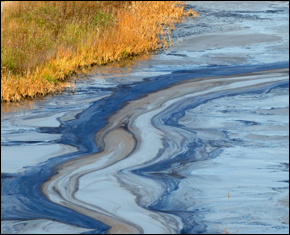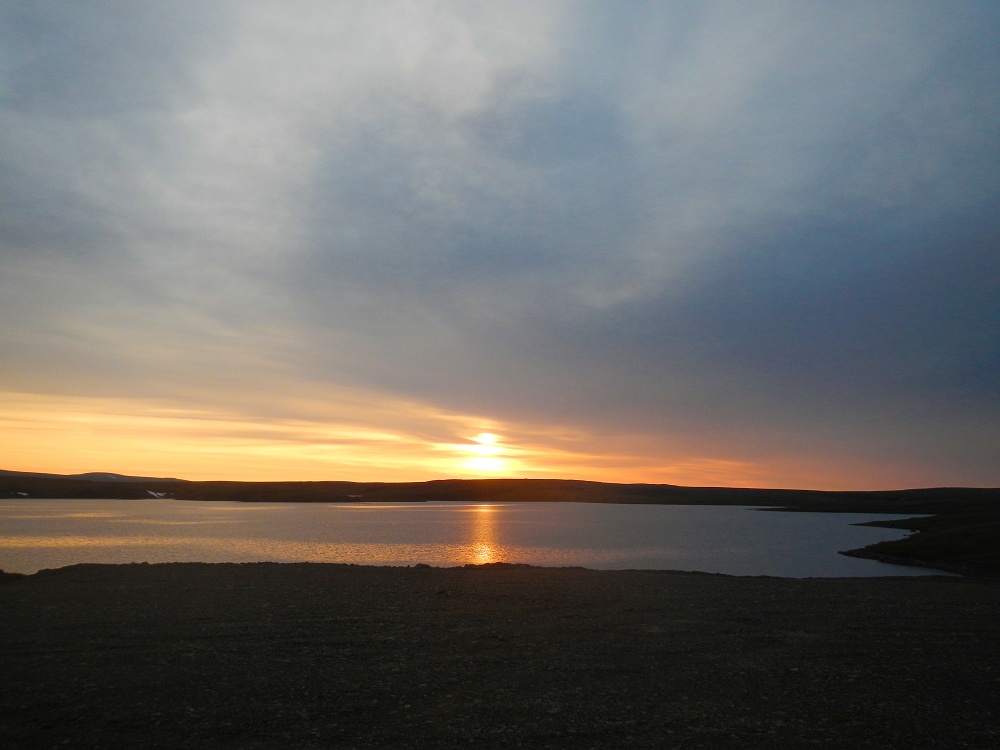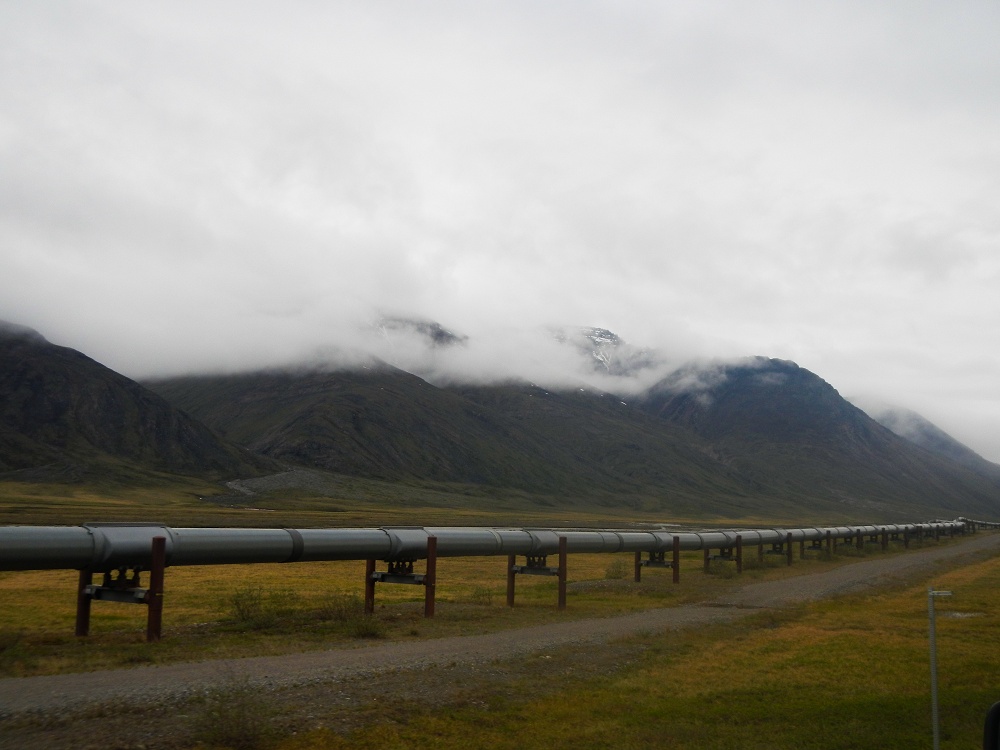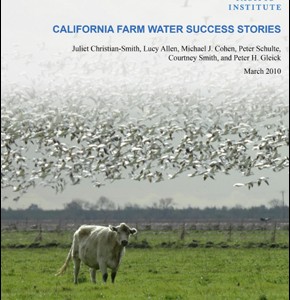Clean Water Act Leaves Waterways Vulnerable to Pollution
Vague language in Clean Water Act allows thousands of nation’s largest polluters to avoid Environmental Protection Agency regulations.

Vague language has allowed certain companies to not be prosecuted, which could be contributing to rising pollution rates in the U.S. Thousands of known polluters have contaminated waterways by spilling oil, carcinogens and dangerous bacteria, according to the U.S. Environmental Protection Agency officials.
“We are, in essence, shutting down our Clean Water programs in some states,” Douglas F. Mundrick, an EPA lawyer in Atlanta, told the Times. “This is a huge step backward. When companies figure out the cops can’t operate, they start remembering how much cheaper it is to just dump stuff in a nearby creek.”
The Clean Water Act is supposed to end dangerous water pollution by regulating every major polluter. But thousands of known polluters have skirted punishment because regulators lack or have difficulty obtaining jurisdiction, according to officials.
The EPA estimated that in the past four years more than 1,500 major pollution investigations have not reached fruition.
Regulatory ambiguity comes from language that limits the Clean Water Act’s jurisdiction to “the discharge of pollutants into the navigable waters” of the United States. The Supreme Court has interpreted that language broadly to mean large wetlands and streams that are connected to major rivers.
Two court decisions have suggested that waterways that reside in one state are not covered by the act, although pollution within these bodies can still contaminate drinking water.
People who support the more narrow interpretation of the law argue that it helps scale back overreaching federal regulation.
“There is no doubt in my mind that when Congress passed the Clean Water Act in 1972 they intended it to have broad regulatory reach, but they did not intend it to be unlimited,” Don Parrish, the American Farm Bureau Federation’s senior director of regulatory relations, told the Times.
EPA and state regulators said that since the Supreme Court never defined what waterways could be regulated, judicial districts were left to interpret the court’s decisions on their own. Regulators struggle to determine how courts will rule.
Some EPA lawyers have established unwritten internal guidelines about avoiding cases in which proving jurisdiction is too difficult.
The EPA released a statement that says no significant water body is automatically excluded from the Clean Water Act, even streams that go dry for long periods. But mid-level officials interviewed by the Times believed up to 45 percent of major polluters were not sufficiently regulated.
Recent legislation in Congress tried to clarify some of the ambiguity, but opposing lobbying groups, like the Waters Advocacy Coalition, have stalled the bills.
As legislators and EPA officials pursue alternative regulations, state and federal regulators told the Times they cannot protect important waterways.
EPA reports state that about 117 million Americans get their drinking water from sources fed by waters that are in danger of exclusion from the Clean Water Act.
Source: The New York Times
is a Washington, D.C–based correspondent for Circle of Blue. He graduated from DePauw University as a Media Fellow with a B.A. in Conflict Studies. He co-writes The Stream, a daily summary of global water news.









Leave a Reply
Want to join the discussion?Feel free to contribute!